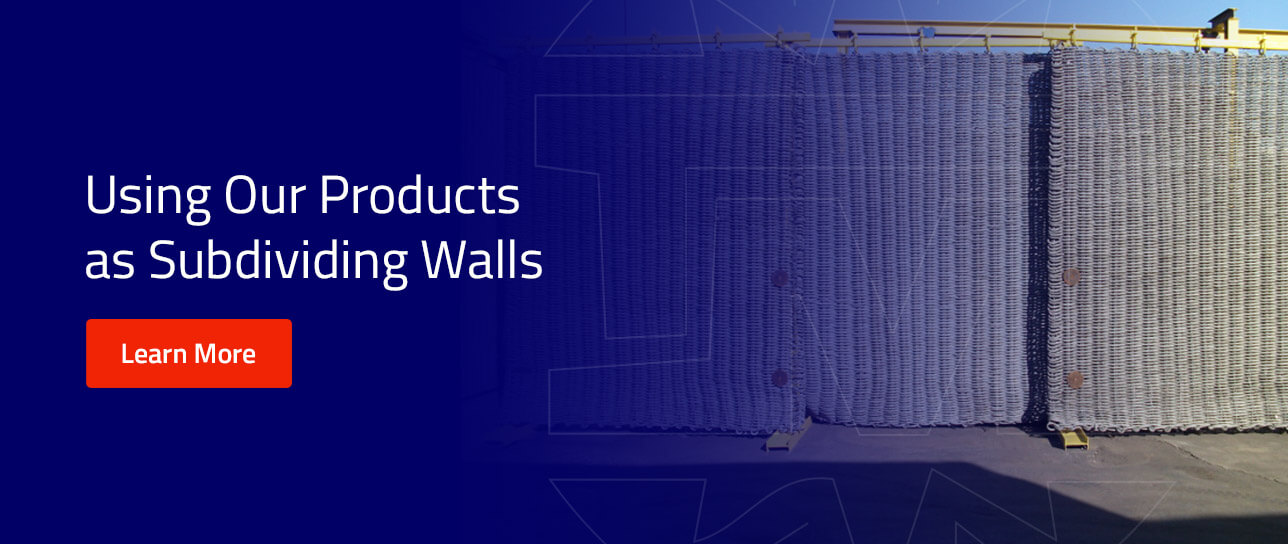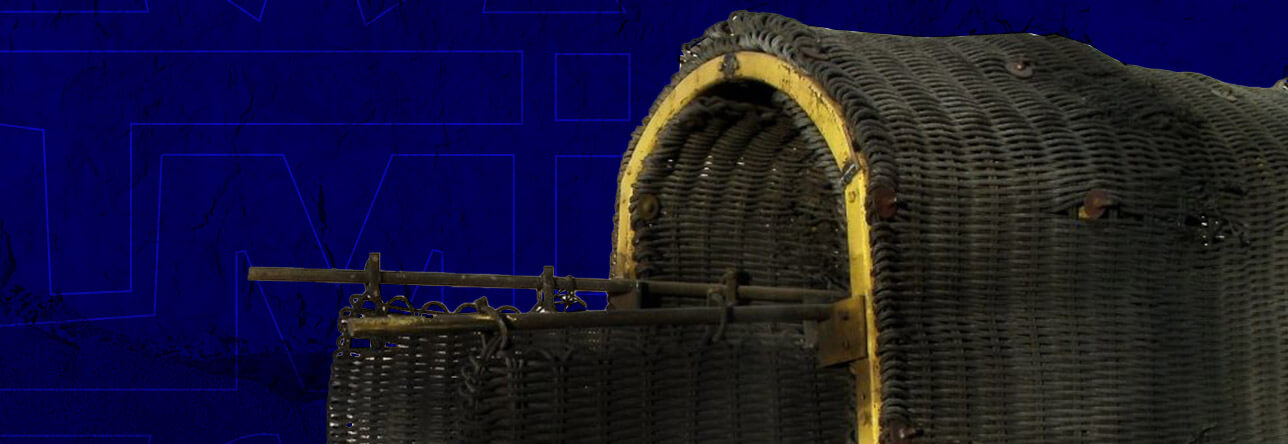
Bombs produce powerful explosions that can harm structures and people. Fortunately, in the face of this danger, blast containment devices work to mitigate damage, protecting individuals and structures from harmful shrapnel and other projectiles. Read on to learn more about blast containment devices for explosive ordinance disposal and bomb squads.
Blast Containment Devices and Applications
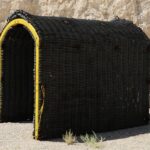
As explosive threats to public safety continue to evolve, there's a continual need for bomb squads, police teams, military units and private security contractors to partner with innovative suppliers of EOD blast protection and containment equipment. TM International is a trusted manufacturer of blast mats, blast walls and blast containers for governments, bomb squads and more.
As a military explosion containment supplier, we offer a selection of advanced, durable products that provide superior protection for EOD team members, bystanders and related assets.
What Are Blast Containment Devices?
In the simplest terms, blast containment devices are tools that contain and limit an explosion's scope. They provide an advanced degree of protection for many different applications. Because bomb disposal and removal are dangerous, professionals like bomb squads and military personnel need the best protection.
Types of blast containment devices include the following.
- Blast mats or shields: Often made of rubber or wire rope, blast mats are large blanket-like devices that provide impact protection between an explosion and the people or structures behind it. Wire rope blast mats are superior because they are flexible and can vent gases, unlike rubber mats.
- Blast containers: Blast containers, or blast containment tanks, are devices that contain an explosion. While there are many different iterations of this device, they generally have an inner chamber where the explosive device goes and a pressurized door that shuts securely.
- Covered tunnels: Covered tunnels are devices that provide coverage for individuals in three directions — two parallel sides and on top. They are useful because they can connect to create a longer tunnel.
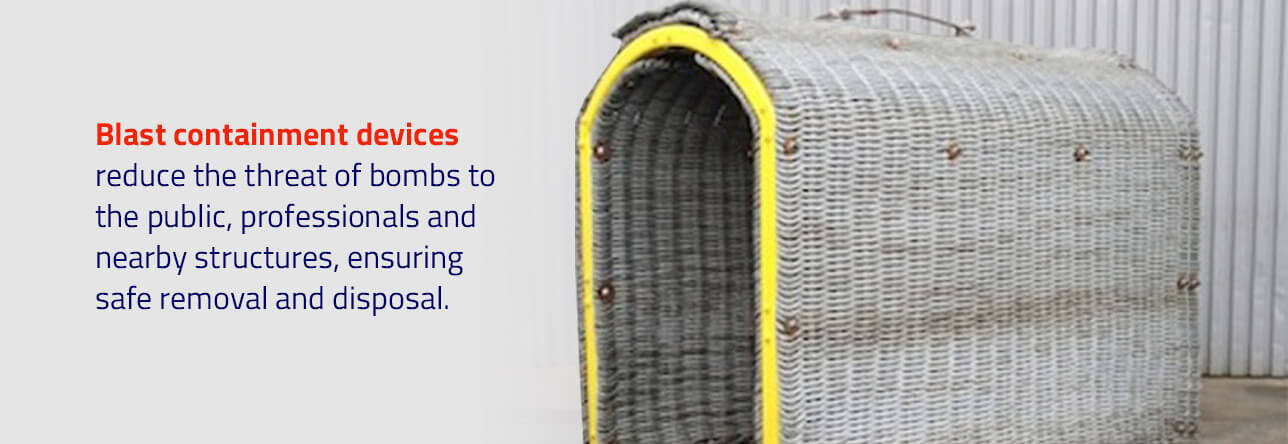
Blast containment devices reduce the threat of bombs to the public, professionals and nearby structures, ensuring safe removal and disposal.
Applications for Blast Containment Devices
There are many use cases for blast containment devices, but some industries and applications may favor one type of device over another. Common uses for blast mitigation devices include the following.
- Construction and demolition: Many projects need to use explosives, like rock breaking for construction or quarrying and building demolition. Blast containment devices protect workers from glass breakage, glass fragments and other projectiles from the explosion.
- Testing facilities: When companies test explosives or other devices that create projectiles, they need blast protection to ensure the explosion does not impact individuals and nearby structures. Chemical laboratories may also require blast protection equipment, since some chemical reactions can cause explosions.
- Bomb squads and EOD personnel: Improvised explosive devices can cause a lot of damage, making them a popular method for terrorist attacks. Military personnel, police and even private security use these devices to safely dispose of, store or contain the detonation of IEDs and other explosives.
Bomb Squad Blast Containment Product Options
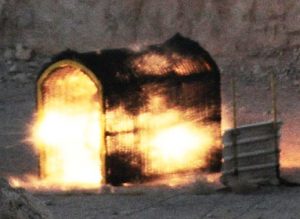
Bomb squads respond to all manner of threats relating to explosive devices. These professionals work in hazardous, high-stakes environments where every second counts. For safety and confidence, people in this line of work need guaranteed bomb blast protection and containment devices.
In the event of a bomb threat or a suspected explosive device, a bomb squad will use specialized equipment to approach the device — sometimes, they'll use a robot to inspect the bomb while professionals remain at a distance. For maximum bomb protection, they may also use blast mats or place the explosive in a containment vessel to safely detonate or remove the device.
Our primary product lines include blast walls for EOD protection, bomb-squad blast containers and the SafePass blast mitigation shield for checkpoint use. Blast walls feature a modular design that makes it easy to scale up or down for any purpose. Bomb-squad blast containers are available in a trailer-mounted configuration, allowing teams to quickly transport them in emergencies where every second is critical.
 How and Why Our Products Work
How and Why Our Products Work
At TM International, we construct all EOD blast protection and containment equipment from heavy-gauge galvanized IWRC wire rope, making them capable of absorbing up to 6,500 J/cm2 of energy and reducing peak blast pressures by a minimum of 50%. They are also fireproof and durable enough to withstand multiple explosions.
To learn more about specific applications for our EOD blast mast and explosion containment equipment, keep browsing our website. Better yet, fill out the information request form on the right of the page to discuss your needs in detail.
Using TM International, LLC, Products to Reduce Quantity-Distance Requirements
Military explosives, ammunition and other weapons require safe and secure storage. Civilians depend on the military for peace of mind at home and abroad — the presence of unsecured weapons or other hazards in their neighborhood can quickly erode that confidence. At the same time, military facilities face a lack of available storage options, especially as urban centers sprawl outward and begin to engulf previously unoccupied areas.
There is a clear need for safer and more convenient methods of storing explosives in populated areas to prevent collateral damage to government buildings or civilian endangerment. By offering blast protection and containment, products from TM International, LLC, can create subdividing walls in bunkers and aboveground storage facilities.
Making the Most of Existing Facilities
Military personnel confronting storage issues in an explosive bunker have two choices — move elsewhere or reconfigure their existing facilities to hold more safely. Budget concerns may render the first option impossible. Even if they don't, finding an appropriate space is still challenging — and there is no guarantee similar issues won't arise in the future.
To retrofit a potential explosion site to safely hold more munitions, it is vital to understand quantity-distance requirements.
Various explosives have different quantity-distance requirements — a protection system that refers to the amount of space required between a given number of weapons and other buildings or infrastructure. Quantity-distance values require careful calculations, extensive research and testing. They remain the best way to evaluate building safety when storing explosives or retrofitting a PES with new blast protection equipment.
Quantity-Distance Requirements
Quantity-distance requirements vary according to several different factors and structures.
- Public roads: A PES should be a safe distance from roads, railways, waterways and footpaths. Traffic speed and density, the number and width of lanes and the presence of crash barriers all impact a roadway's susceptibility to damage in an explosion.
- Inhabited buildings: Minimum distance requirements for buildings reduce the risk of severe structural damage and consequent injury or death to its inhabitants. They vary according to the type of hazard, the number of people in the area and the nature of the structure, among other things.
To measure quantity-distance, draw a straight line from the PES to the structure. The structure housing the explosives and the specific nature of the explosive hazard also factor into the equation.
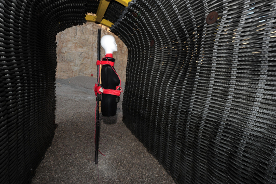
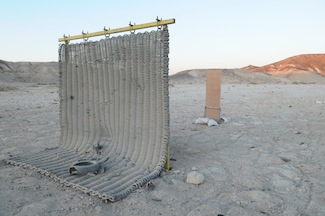
Hazard Divisions
The International System for Classification provides common standards for assessing the risk of storing and transporting dangerous goods.
The system consists of nine classes. The first of these, Class I, deals exclusively with weapons and ammunition. Class I has six hazard divisions, each of which has specific quantity-distance requirements. These classes refer to the primary threat they pose in the wake of an accident.
- Division 1.1: Mass explosion
- Division 1.2: Projection but not mass explosion
- Division 1.3: Fire and radiant heat
- Division 1.4: No significant hazard
- Division 1.5: Mass explosion with very low probability of initiation of substance
- Division 1.6: Explosion of a single article, with low probability of initiation
Using Subdividing Walls in Explosive Sites
Subdividing walls serve two primary functions in military explosive sites. They can:
- Increase the number of explosives it's safe to store in a specific location.
- Reduce the minimum distance allowed between the site and nearby people and structures.
Barricades stop the spread of high-velocity, low-trajectory projections, effectively containing the damage from a blast within a specific area. Subdividing walls avoid the necessity for costly infrastructural upgrades to a PES and the need to create new storage sites when space begins to run low or development occurs nearby.
Among other factors, the number of explosives present, the nature of the facility and the surrounding terrain all determine a subdividing wall's height and length requirements. Typically, an inspector or other authorized individual will make exceptions to quantity-distance requirements on a case-by-case basis following an on-site consultation.
Using Our Products as Subdividing Walls
TM International, LLC, customers often use blast shields as subdividing walls in bunkers and other explosive storage sites, damage control for testing facilities and protection for government offices. We engineer our products to stop and control near-blast fragmentation and reduce peak blast pressure close to the source. Properly installed, they can serve as a turnkey solution for enhancing protection against explosive threats.
Contact TM International, LLC, to learn more about lowering your quantity-distance requirements.

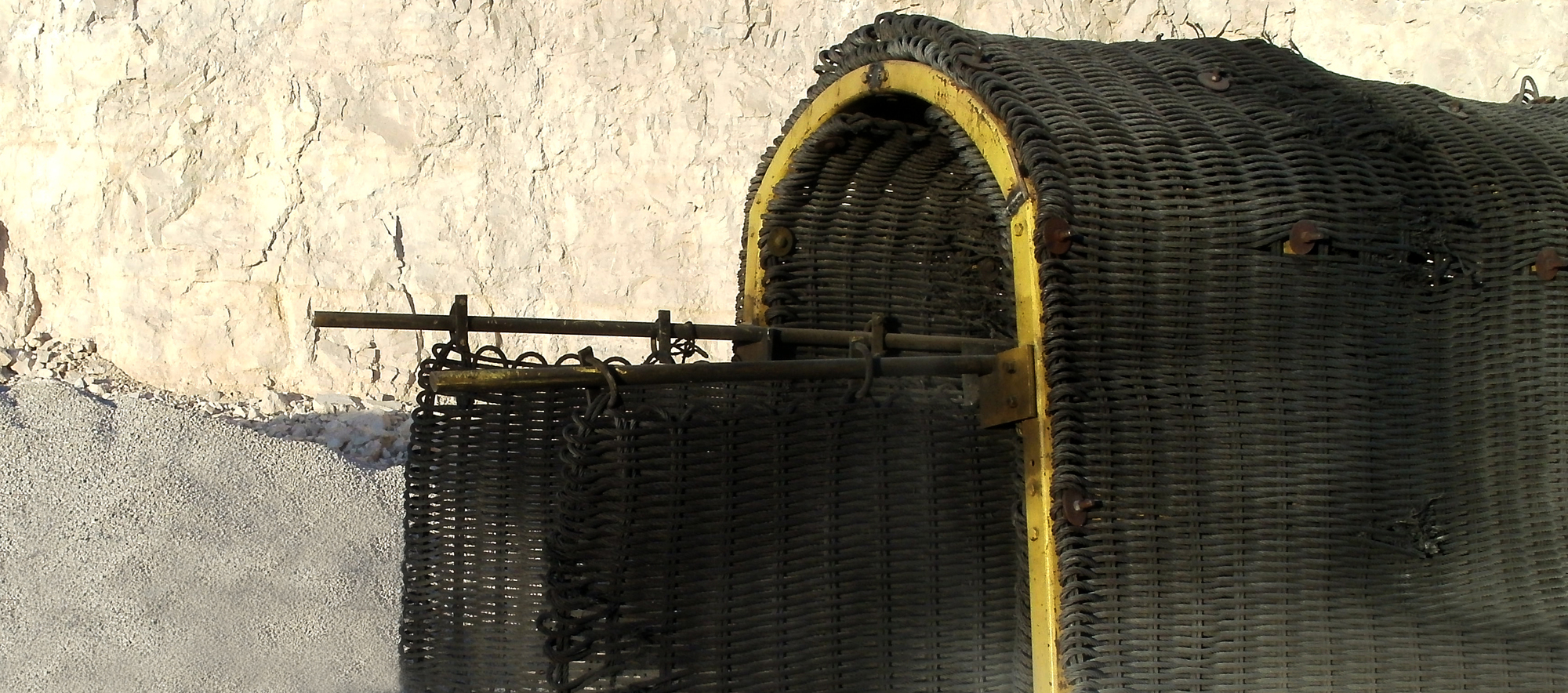 How and Why Our Products Work
How and Why Our Products Work